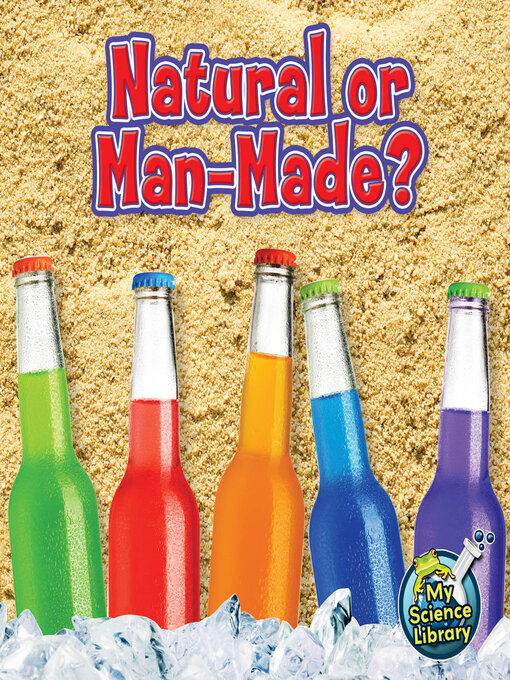- Available now
- Newly Added Ebooks
- New kids additions
- New teen additions
- Most popular
- See all ebooks collections
-
Creators
-
Series
-
Publisher
-
Release date
February 8, 2019 -
Formats
-
Kindle Book
-
OverDrive Read
- ISBN: 9781731607416
-
PDF ebook
- ISBN: 9781612366791
- File size: 4823 KB
-
Open PDF ebook
- ISBN: 9781612366791
- File size: 5654 KB
-
-
Languages
- English
-
Levels
- ATOS Level: 3.2
- Interest Level: K-3(LG)
- Text Difficulty: 0-2
-
Reviews
-
School Library Journal
November 1, 2011
K-Gr 3-Designated as level K-1, 1-2, or 2-3, each of these slender volumes introduces a science concept by pairing sharp, well-chosen color photos with brief explanatory texts. Every title comes with review questions and quick comprehension/extension exercises. Safety Rules and Science Tools are particular standouts for creating starting points for any level of scientific enquiry. Conversely, Mouse is really an introduction to the components of a PC work station that is unlikely to teach even kindergarteners anything that they don't already know, and in some titles the concepts are oversimplified. For example, Living or Nonliving? declares, "A book cannot move on its own. It must be nonliving," and What Is It Made of? includes an unlikely challenge to identify all the materials in a complex playground structure from a photo.
Copyright 2011 School Library Journal, LLC Used with permission.
-
Booklist
October 1, 2011
Grades K-2 This entry in the My Science Library series helps little ones decide whether objects come directly from the environment or have been manipulated by man. Hicks tackles some pretty difficult concepts; for instance, some materials that are handled by humans, like clay, are natural, yet a pot made by human hands from the clay is man made. By using bright color pictures and clear captions, the point is driven home through repetition, presenting several natural objects and the man-made creations fashioned from them. She also includes some surprising uses for natural resources; for instance, limestone is an ingredient in some toothpastes. Kids may also learn new words, like environment and avocados. Back matter includes a glossary, websites for reference, and a teaching focus section to aid discussions in the classroom.(Reprinted with permission of Booklist, copyright 2011, American Library Association.)
-
subjects
Languages
- English
Levels
- ATOS Level:3.2
- Interest Level:K-3(LG)
- Text Difficulty:0-2
Loading
Why is availability limited?
×Availability can change throughout the month based on the library's budget. You can still place a hold on the title, and your hold will be automatically filled as soon as the title is available again.
The Kindle Book format for this title is not supported on:
×- - Kindle 1
- - Kindle 2
- - Kindle DX
- - Kindle Keyboard
- - Kindle 4
- - Kindle Touch
- - Kindle 5
- - Kindle Paperwhite
- - Kindle 7
- - Kindle Voyage
Read-along ebook
×The OverDrive Read format of this ebook has professional narration that plays while you read in your browser. Learn more here.


